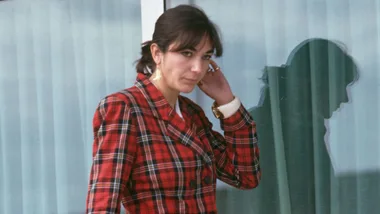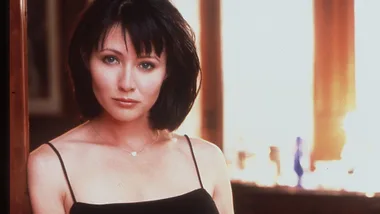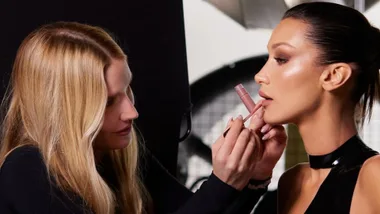When Carmel Galvin first arrived in Kalgoorlie, Western Australia, in 1992, she knew the town was famous for three things: gold, pubs and brothels.
One of those things soon became Carmel’s livelihood when she decided to purchase and run Questa Casa, one of the oldest working brothels in Australia.
Questa Casa, or The Pink House, is hard to miss on Hay Street, with its blushing pink corrugated tin facade and flashing neon lights.
Now in her 70s, Madam Carmel has managed the brothel for the past 25 years, as depicted in Sascha Ettinger Epstein’s new documentary The Pink House, which was shown at the Sydney Film Festival.
“Back in the heydey we had ten working rooms and each was very busy,” Carmel explains over the phone from Kalgoorlie. “On a Saturday night, there was never less than 100 men in the street at any one time. The girls made pots of money.”
Washing—as one can imagine—required a lot of attention.
“Sheets needed to be changed once or twice a day,” she says. “Three or four towels for every bloke that came through. It went on and on. I had three lines set up here and a big dryer.”
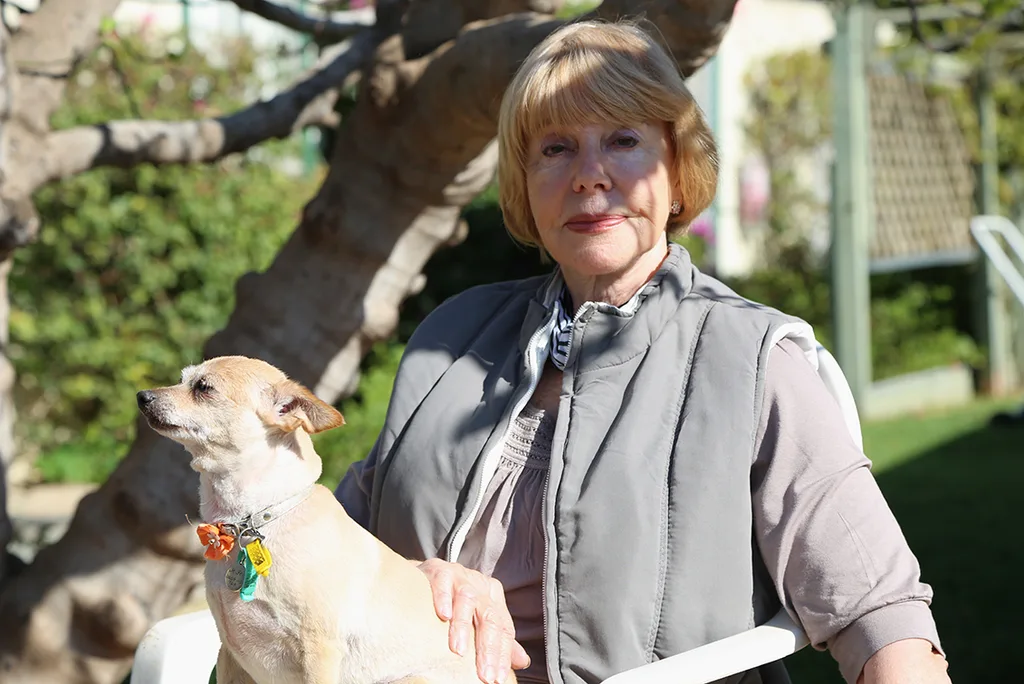
The majority of the brothel’s clients were regulars, many of whom “we were very fond of”, the madam adds.
“We knew most of them. They’d come to town and they’d go to all the brothels.”
“There was one fellow who used to come in here, very drunk, he came here about every ten days. We’d bring him into the house, bring him down to the lounge and stretch him out for a couple of hours to sleep. Then he would wake up and book one of the girls for two hours.”
Asked about the strangest occurrence or client at The Pink House, Carmel exclaims: “Oh golly”.
“There’s one lass here who was so anorexic that she was skeletal,” she says. “She wore a long black dress like Morticia from The Adam’s Family, and when her clients would come in she would wrap her arms around them.
“And I said to her “Don’t you find it painful having sex when you’re as thin as you are?” and she said “Only when I’m with a really thin man. Bone on bone.””
When Carmel first came to Kalgoorlie, business was booming at Questa Casa under the Western Australian government’s policy of “containment”, which confined sex work to specific commercial areas.
Now, the Questa Casa has just three functional rooms and there is only demand for two sex workers at a time. Prices are $150 for a half-hour and $280 for a full hour.
To keep the brothel afloat, Carmel runs daily tours for travellers. It’s a funny sight to see a handful of curious fully-clothed tourists listen attentively as the madam gestures towards the dildos and bondage outfits on display.
During tours, the most commonly asked question is how the brothel deals with violence.
“We didn’t have violence in the house. The Pink House was run differently from all the others,” she answers.
“Our girls have starting stalls – no fellow comes into the house unless a fellow has booked a girl in her stall, and the girls have developed this wonderful knack of being able to chat to a bloke and work out what he’s like.”

Although Carmel gushes when asked about her local community—“Kalgoorlie is a wonderful town. Lovely people, lovely weather”—she also acknowledges its dark side.
She says drug abuse, particularly by fly-in-fly-out workers, is a major problem.
The Pink House documentary also touches upon the horrific events of 2015, when a local man was tortured, dismembered and dumped in a wheelie bin.
BJ, a sex worker who was previously on staff at The Pink House, was a witness to the murder. She says she is still rattled by the horrific events and found The Pink House documentary “confronting” to watch.
However, she does view her relationship with Carmel fondly.
“Carmel kept me safe, she was a good woman. I have met a lot of other good women in the industry but she had a lot of a motherly side to her,” she says.
“It was a safe house to be at. I had to keep away from drugs and things like that, whereas a lot of drugs come through other houses.”
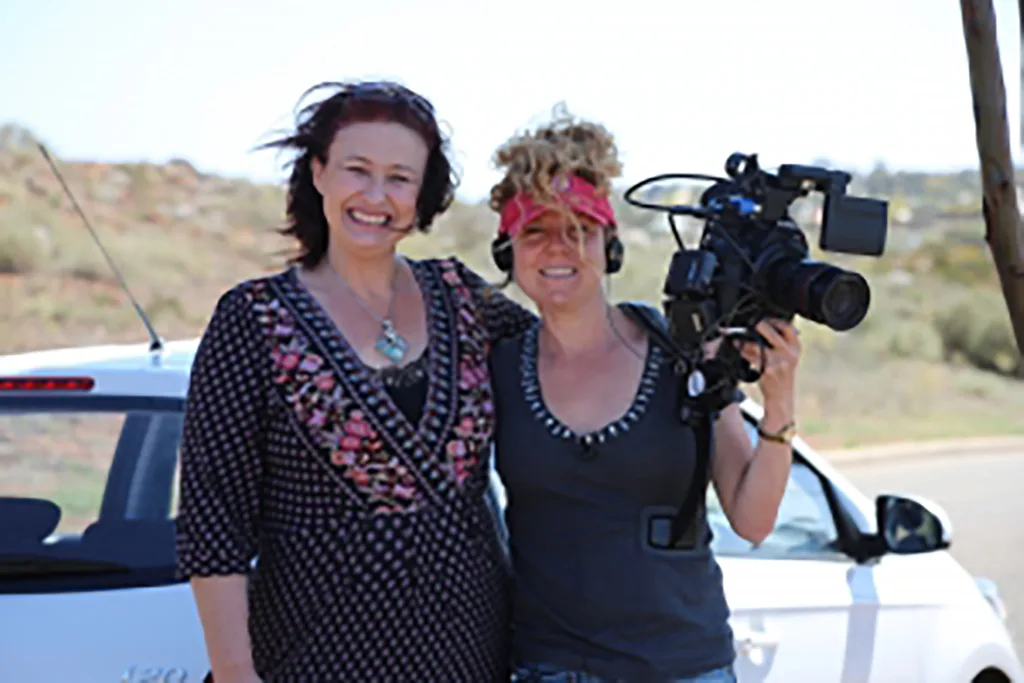
But will The Pink House ever return to its busy heydey?
Carmel thinks not.
“No, no, no, it won’t, because of the internet,” she concedes. “All the girls have to do is buy a mobile phone, put an ad on the internet, put an ad in the local paper and wait for the phone to ring.”
But with independence comes new risks.
“But that’s a very dangerous thing to do. Part of containment here was; no escorts are allowed. All paid sex had to be under the roofs of the brothels – where the girls are safe.
“Whenever you’ve heard of a sex worker that’s been bashed, raped or murdered – she’s always been alone. She’s either been an escort or she’s been working privately.”
In the documentary, Carmel’s attitudes towards sex can seem both matter-of-fact and at times, quite sweet. She is seen knocking back callers to the brothel for their unconventional requests and buys teddy bears to furnish The Pink House.
“It’s become way too casual now – sex means nothing anymore,” she says. “They’re teaching it in schools. They’re giving school boys condoms. How ridiculous. Before a girl’s 18, she’s had so many affairs and so much sex.
“That never happened in the old days. I’m a madam with morals.”
The Pink House screened at the Sydney Film Festival and is nominated for the Documentary Australia Foundation Award for Australian Documentary.





